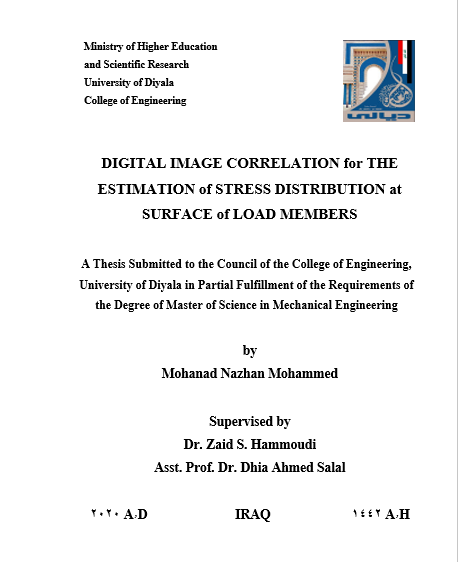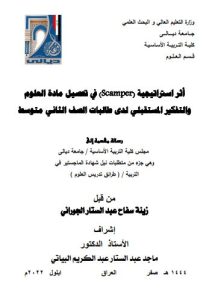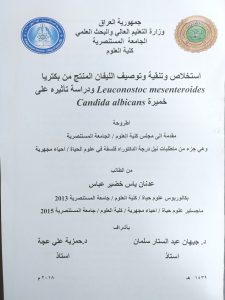ABSTRACT
Digital Image Correlation (DIC) and digital image processing (DIP) are optical techniques appropriate to estimate displacement, strain, and stress map distribution without any contact with the tested surfaces.
This thesis examines the applicability and effectiveness of DIC and DIP techniques. A program has been developed in this thesis using MATLAB programming language. DIC program has developed to obtain full-field displacements, strain, and stress measurements. In contrast, the DIP program has been used to perform crack/defect location detection as well as geometry in terms of angle, length, and width measurements.
In order to guarantee the efficiency of the planned DIC and DIP systems, the comparison is considered between the results of these techniques with the results obtained by other methods (Ncorr, the finite element analysis (ANSYS), and both of the exact and analytical solutions).
In the case of aluminium without hole plate specimen, the minimum and maximum obtained accuracy values have reached (89) % in strain and (93) % in stress respectively, with the exact solution. In comparison, accuracy with Ncorr software has been obtained to be 96 %. For the copper plate with a central hole specimen when the analytical solution has been applied the minimum, and maximum obtained accuracy values were (80.7) % in stress and (99) % in displacements respectively, wherein with Ncorr software, the minimum and maximum obtained accuracies have been obtained (81) % and (97) % respectively. With ANSYS, the accuracies have been obtained to be (81) % and (97) %, respectively.
Furthermore, tensile tests have been carried out for two cracked/defected specimens. The experiments conducted for two flat Aluminum and Copper plates. The DIP percentage of accuracy varies from (97) % to (99) % with the actual physical measurements. The obtained DIC percentage of accuracy as minimum and maximum were (88) % and (95) % with ANSYS software.





